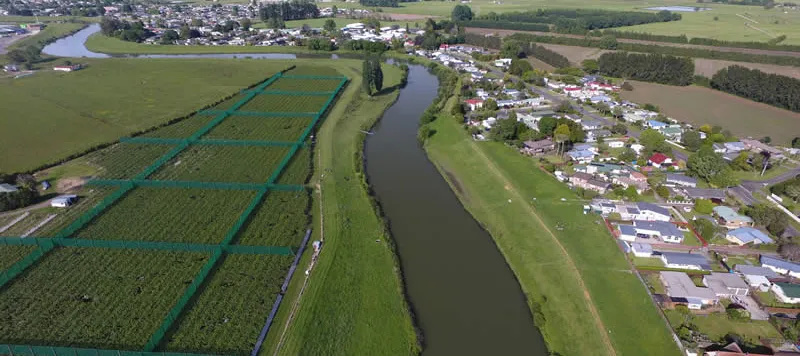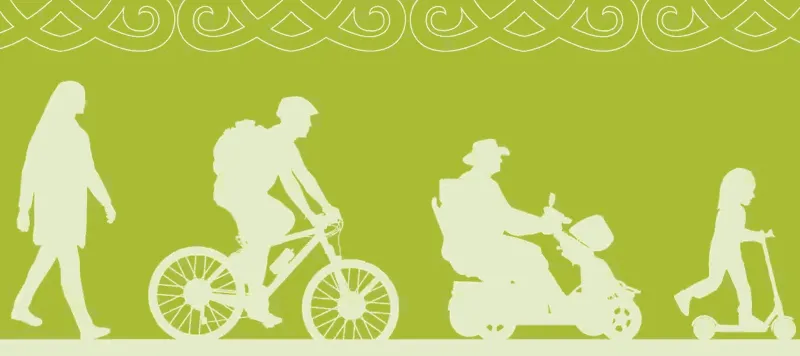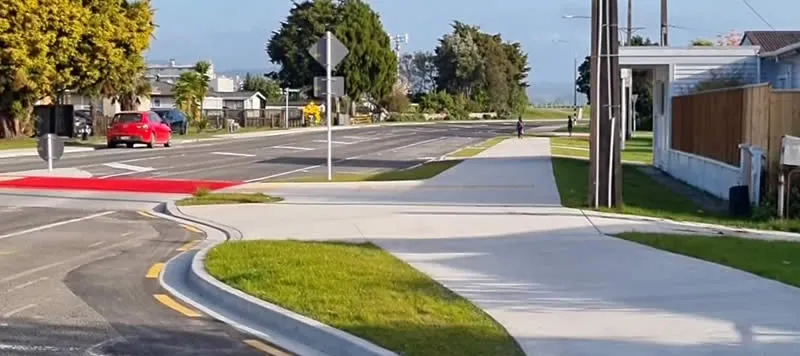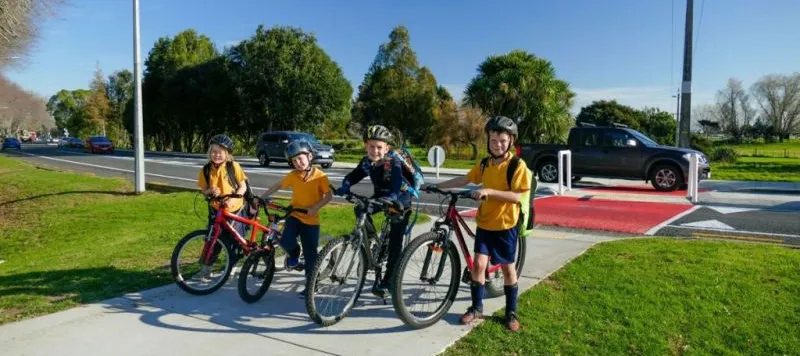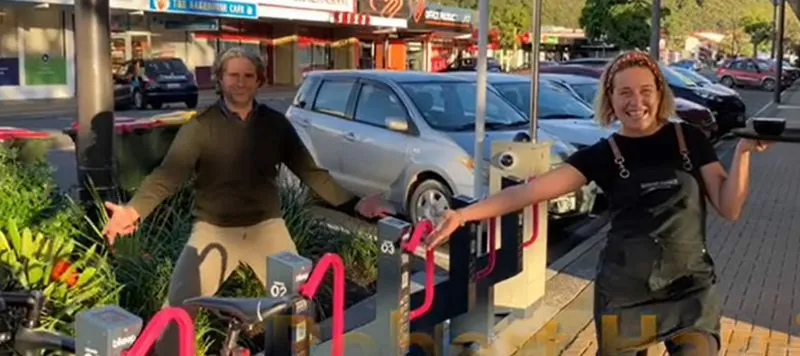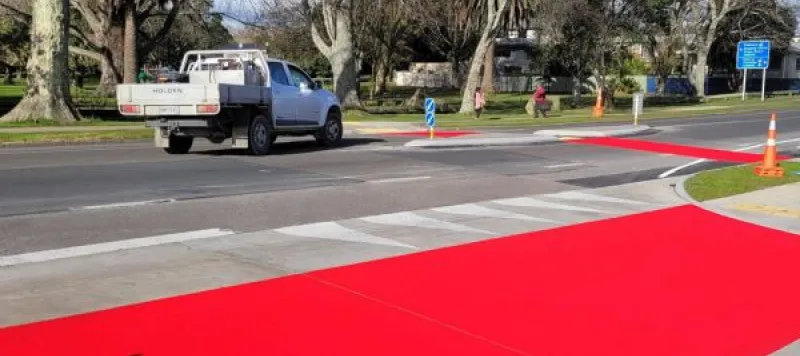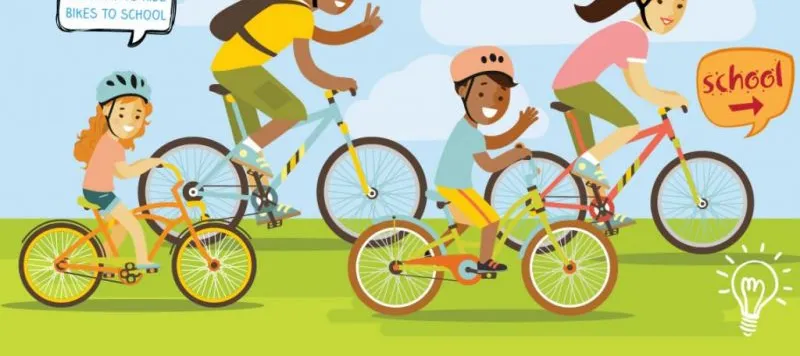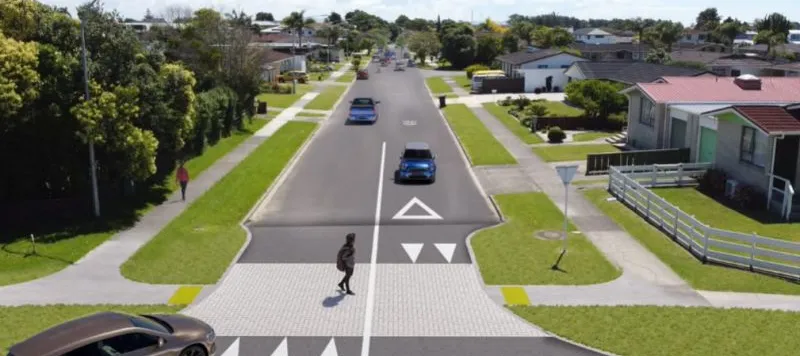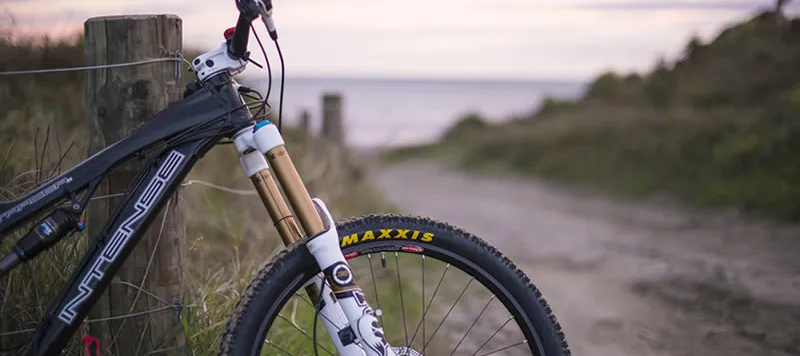Active Whakatāne is a strategy that aims to make active modes of travel like walking, cycling and scootering around the district easier and safer for all ages and abilities.
The strategy was developed with the community and strives towards promoting a healthier, safer and more active lifestyle for our district through education and purpose-built infrastructure.
Active Whakatāne - District-Wide Transport and Recreation Strategy 2020 - (PDF, 7.2 MB)

